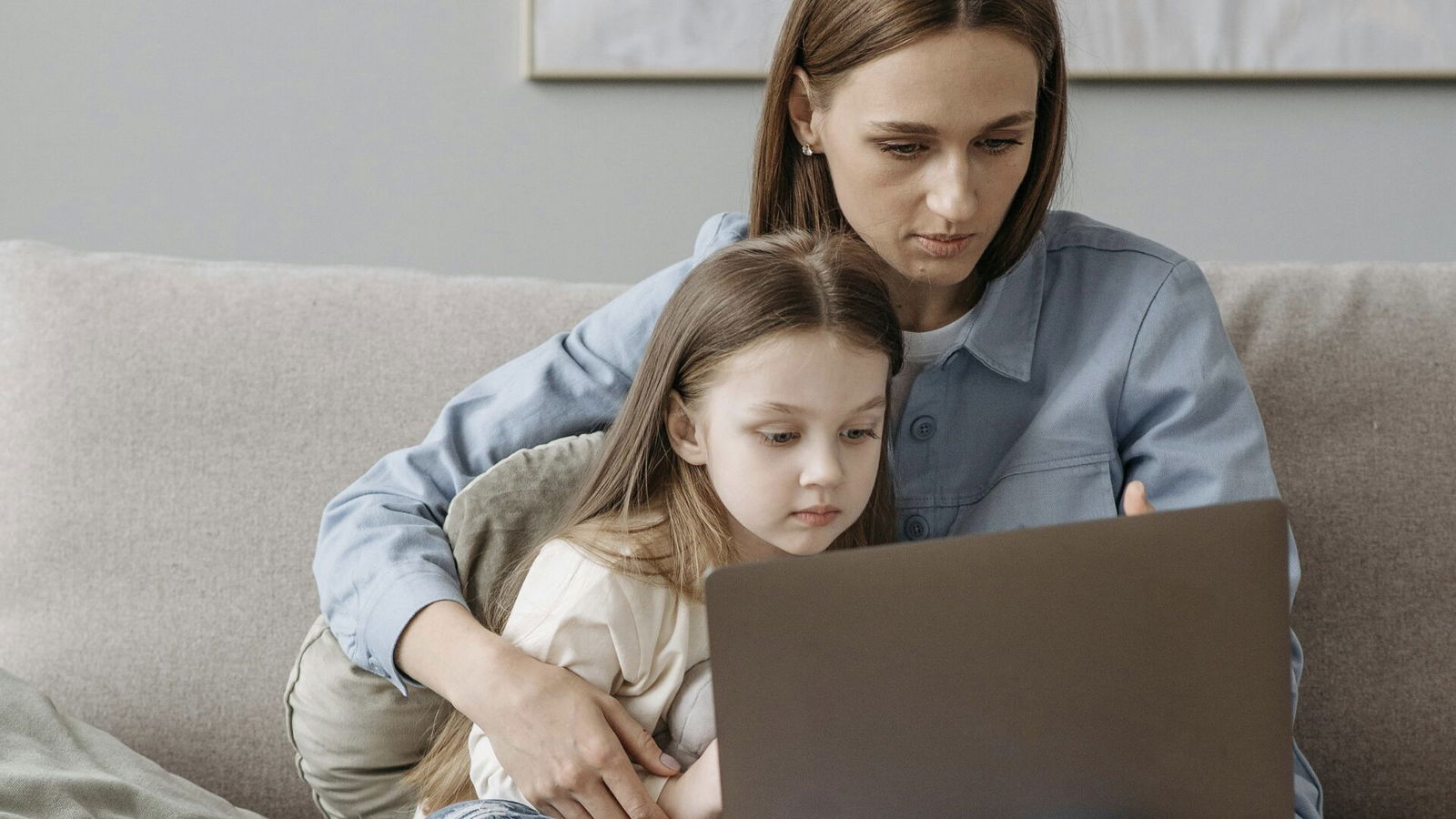
What You Should Know About You, Your Kid and Screen Time
By Movieguide® Contributor
The TODAY show recently dove into a study that examines the brains’ of premature babies from birth through childhood.
Leading researcher Dr. Nal Peri is trying to understand how kids are affected by screen time. The brain scans “tell us a lot when we correlate it with these exposures such as screen time and we correlate it with development,” he told TODAY’s investigative correspondent, Vicky Nguyen. “It tells us whether or not those things are having an impact.”
Nguyen asked the parents of one of the study’s subjects, 5-year-old Rose Crimer, whether they think there’s a difference in TV screen time and phone and iPad screen use.
“Phones and iPads [are] so much more engaging for children and especially if they can control it. So it’s easier for them to just zone out,” Rose’s dad explained.
Dr. John Hutton, who’s published several studies that suggest higher levels of screen time impact children’s development, found that parts of the brain related to reading, language and decision-making are weaker in kids who spend more time on screens.
He suggests not allowing kids any screen time until they’re 3 years old.
“There’s so many things we make kids wait to do in our society,” he explained. “We make them wait to drink beer. We make them wait to vote. We make them wait to have a gun, but for some reason, we’re not doing the same thing with these very powerful devices that give access to all the contents related to all those things.”
“It’s been compared to [the new tobacco], and actually parents using cell phones with their kids has been compared to secondhand smoke,” the doctor said.
The experts suggest that there’s no justification to show kids screens before age three, even if the content seems educational.
“Because we don’t really know that they’re educational,” Dr. Peri said.
An unnamed researcher Nguyen interviewed said parents who’ve already exposed their youngsters to screens “can back it up. And you can back it up in the moment,” meaning parents can limit their own screen time around their kids.
A study published last year in the Pediatric Research journal, found that parents’ screen use is associated with increased adolescent screen time.
“The researchers analyzed data from the national Adolescent Brain Cognitive Development (ABCD) Study, involving over 10,000 families with 12- and 13-year-olds,” CNN reported. “The data revealed that 72.9% of parents said they use screens around their adolescents. This is a huge predictor of a child’s screen use, according to Dr. Jason Nagata, lead study author and an associate professor of pediatrics at the University of California, San Francisco.”
READ MORE: HOW A DIGITAL DETOX COULD CHANGE YOUR CHILD’S LIFE
The unnamed researcher added, “You can…notice oh, I’ve got my cell phone. My child’s not responding. They’re upset.’ Put it away and reorient and just help that child feel like you are there for them.”
Dr. Hutton added that a parent is their child’s most important role model and teacher.
“That’s why it’s so important that things that [there] are shared experiences. Like reading and playing with toys, so they can interact back and forth with language and feelings and emotions and that’s when good things happen with kids.
“The important thing is to interact with your kids and talk to them and like that’s how they learn language and they don’t always get that feedback from the screen,” Rose’s mom said.
Many parents are concerned about screen use in schools. Nguyen encourages parents to advocate for their kids.
“It’s okay to dial it back,” she said. “It’s okay to talk to your child’s teachers, the school leaders and say, ‘How many hours are our kids on these screens in the classroom? Why are they getting iPads in kindergarten? Can they do math worksheets in real life? Can they read an actual book instead of reading on the screens?”
A recent study by the University of Michigan found that children who have less access to vegetative, outdoor spaces also have higher rates of screen time use.
“This raises the question of who has access to high green space. Both our study and national data show green space is less common in communities with higher Hispanic and Black populations,” said lead author Ian-Marshall Lang, researcher at U-M’s School of Kinesiology.
“These unfair differences in green space access might explain why community programs and policies are less effective in reducing screen time among different racial groups,” Lang said. “To address screen time inequities, we need solutions that create fair, just and healthy environments for all communities.”
READ MORE: SIDE EFFECTS OF TODDLER SCREEN TIME YOU DIDN’T KNOW ABOUT
Questions or comments? Please write to us here.


 - Content:
- Content: 

